Every child deserves the fundamental right to feel safe, secure and protected.
But not every child does.
Growing up, it is the emotional, psychological, and biological responsibility of our parents and family members to create a safe environment for us.
But not all parents accept that responsibility, are aware of that responsibility, or have the capacity to fulfill that responsibility.
Safety doesn’t just mean physically protecting us from harm, feeding us, or the other essentials. Safety also means supporting us on the emotional, psychological, and spiritual levels inherent to us as human beings.
What happens when we don’t feel safe as children?
What happens when this feeling of endangerment is constant and long-lasting?
The answer is that a huge gaping wound appears in the psyche.
This painful wound is often unknowingly repressed by us as adults – but its impacts are profound and far-reaching.
The point of this article is to help you get into a reflective space and to hopefully learn how to reconnect with your wounded inner child.
If you are interested in welcoming home your inner child, I want you to reflect on your own childhood, the timeline of your early years, and how you felt as a child.
Did you feel safe? Did you feel a sense of belonging in your family? Were you permitted to be you? What is your current relationship like with your inner child?
All of these questions are extremely important to ask, and if you haven’t asked them yet, I hope you do.
Why am I so insistent about you asking these questions and exploring this topic?
The reason is that inner child work is one of the most healing and profound forms of inner work you can do. So much of our behavior, aversions, and neuroses in the present can be solved by exploring, embracing, and communicating with the inner child.
If you’d like to go deeper into this topic, I highly recommend reading John Bradshaw’s book on the inner child called Homecoming. I thank his work for the inspiration it provided me while writing this article.
You can also check out our Inner Child Journal which is a wonderfully supportive way of continuing this work and helping your inner child to heal.
Table of contents
- What is the Inner Child?
- How Does Our Inner Child Become Wounded?
- Toxic Shame and the Inner Child
- Lack of Safety and the Wounded Inner Child
- 10 Ways We Were Made to Feel Unsafe as Children
- Three Types of Childhood Neglect
- 25 Signs You Have a Wounded Inner Child
- Examples of the Wounded Inner Child
- 5 Ways Your Wounded Inner Child Sabotages Your Life
- How to Support Your Inner Child in Feeling Safe (7 Paths)
- Conclusion
What is the Inner Child?
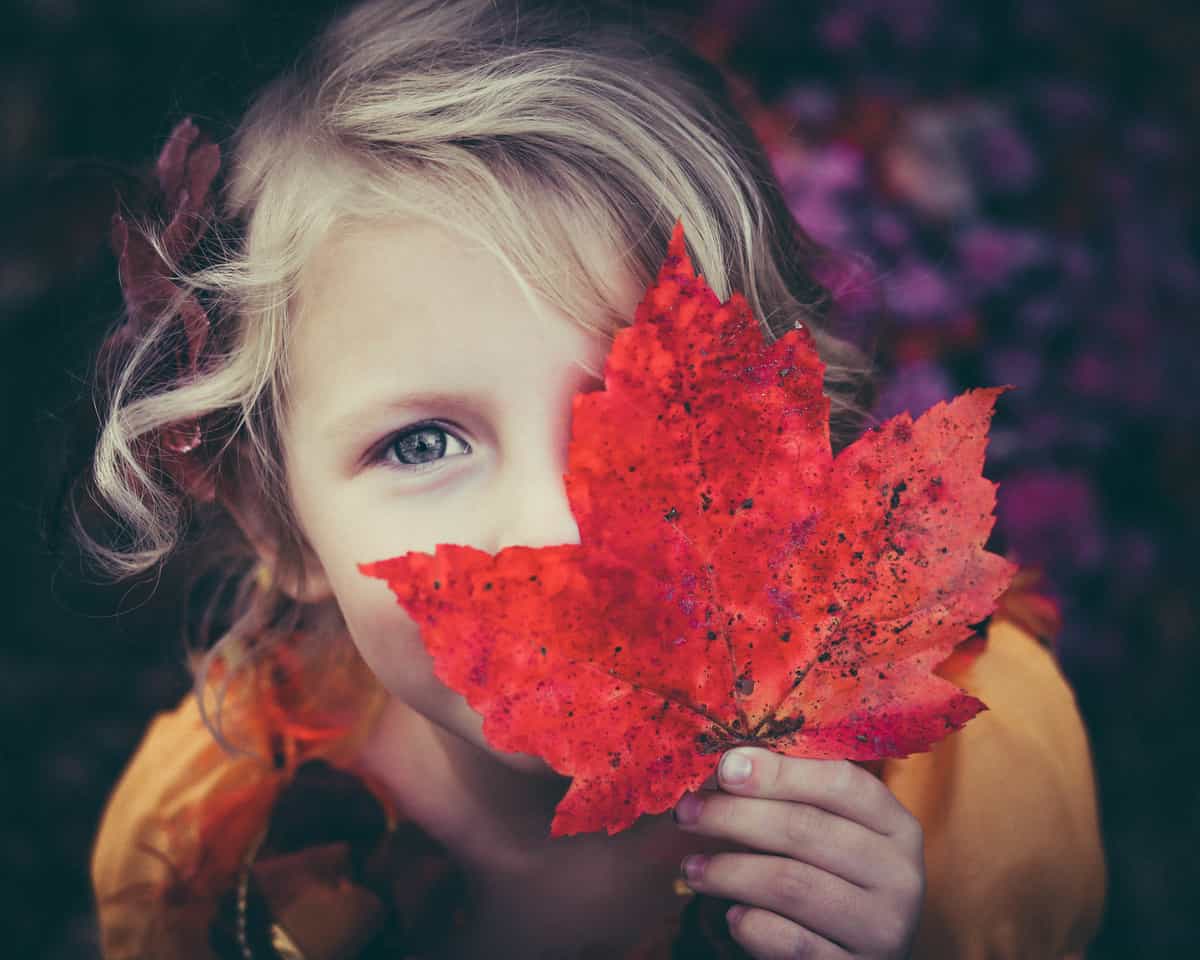
The inner child is the part in your psyche that still retains its innocence, creativity, awe, and wonder toward life. Quite literally, your inner child is the child that lives within you – within your psyche that is.
Regardless of whether you’re 18 or 80, no matter how old or mature you are, you will have an inner child. The inner child is one of the many faces of your psyche.
How is it possible that we can still carry a child within us? The answer is that at a core level, we are all multi-dimensional and multi-faceted people. Psychologist Carl Jung called the energies that reside within us archetypes and one of the primary archetypes that all human beings possess is that of The Child.
It is so crucial that we learn how to stay connected with this sensitive part of ourselves. When we are connected to our inner child, we feel excited, invigorated, and inspired by life. When we are disconnected, we feel lethargic, bored, unhappy, and empty inside.
How Does Our Inner Child Become Wounded?
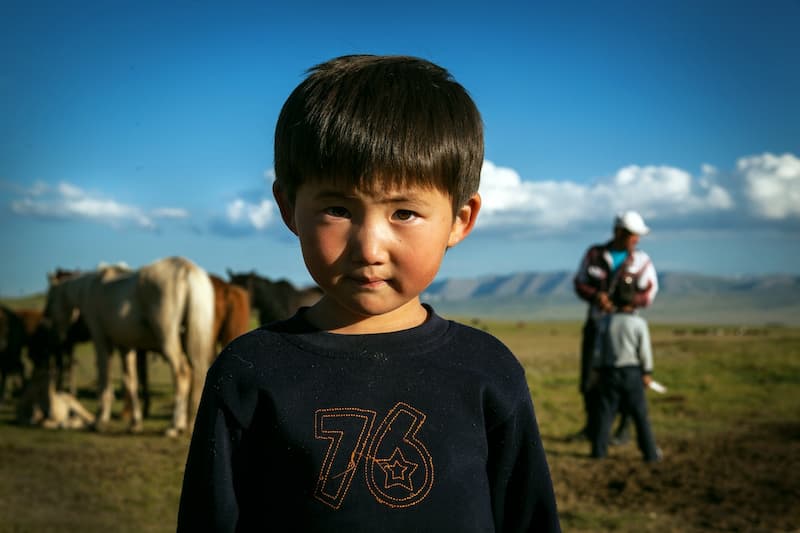
At one point or another, the child within us will become hurt, abandoned or traumatized when we are young. Whether intentionally or unintentionally we may be made to feel:
- Shameful about who we are
- Unlovable or unworthy
- Fearful about the world
- Mistrust toward other people
- Unintelligent or ungifted
- Unwanted or like a burden
And this is by no means an exhaustive list! We may become the surrogate caretakers of our mothers or fathers, we may be beaten or sexually abused, chronically bullied and name-called, and religiously shamed or shunned … the list of wounding traumas goes on.
Any experience that rendered our inner child overwhelmed and incapable of dealing with what was happening wounded this tender aspect of us.
Because we were incapable of fully processing the passive or active trauma due to our sensitive nervous systems, the trauma became frozen within us. In psychological terms, we dissociated from it meaning that it fragmented from our waking awareness.
What happens to this frozen and fragmented energy? It becomes locked away within the dark vaults of our unconscious. Unless we go on a journey to meet, understand, process, and heal this wounded energy inside of us, it has the potential to sabotage our lives and cause us to remain stuck in a cycle of suffering.
Toxic Shame and the Inner Child

Perhaps one of the most tragic consequences of having a wounded inner child is toxic shame. If you were constantly shamed, diminished or felt like you were never “good enough” to your parents growing up, you probably struggle with toxic shame.
If you were never fully accepted for who you were, you probably have an issue with toxic shame. If you were chronically bullied, name-called or physically/sexually abused, you also likely suffer from toxic shame.
What exactly is toxic shame? Unlike normal shame which comes and goes, toxic shame becomes lodged deeply within your mind. It becomes part of your identity. In other words, if you struggle with toxic shame you will feel worthless, suffer from low self-esteem, and self-loathing. On an unconscious level, you will believe that you are innately “shameful” or “bad.”
Toxic shame leads to the development of negative core beliefs that fester away deep within. Core beliefs are the central assumptions that we have about ourselves that rule a vast majority of our behavior and choices.
Here are a few examples of toxic core beliefs that arise as a result of toxic shame:
- “I am bad”
- “I am unworthy”
- “I am unlovable”
- “There is something deeply wrong with me”
- “I am irredeemably flawed”
- “I am stupid”
- “I am ugly”
- “I deserve to be punished”
- “I am a mistake”
Sadly, it is these toxic beliefs which underpin our grief, low self-worth, anxiety, depression, addictions, and self-destructive habits. It is astonishing how deeply entwined our wounded inner child, toxic shame, and destructive core beliefs are. Toxic shame lies at the very center of the wounded inner child.
I bring a pain that is chronic
A pain that will not go away
I am the hunter that stalks you night and day
Every day everywhere
I have no boundaries
You try to hide from me
But you cannot
Because I live inside of you
I make you feel hopeless
Like there is no way out
MY NAME IS TOXIC SHAME.
– Shared by John Bradshaw, originally written by Leo Booth
Lack of Safety and the Wounded Inner Child
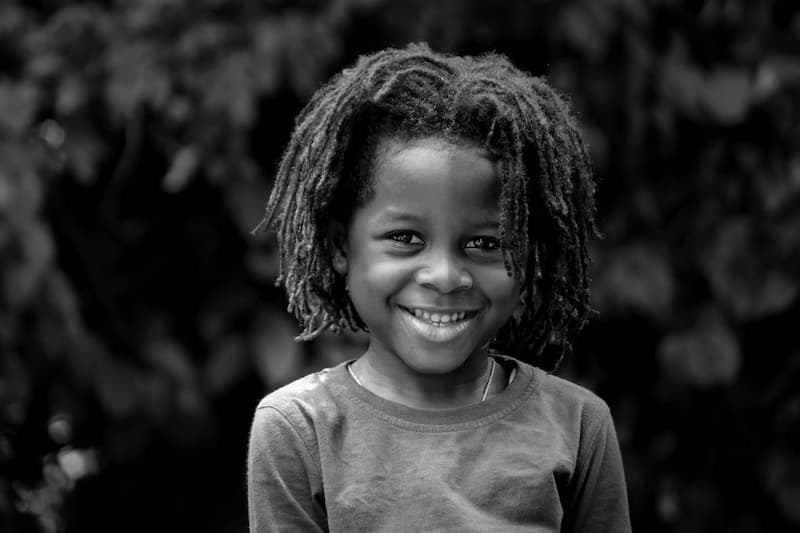
Another element that lies at the very core of the wounded inner child is a real or perceived lack of safety.
Safety is not just physical, it is also emotional, psychological, and spiritual. For instance, when we feel truly safe within our family environment, we have our physical and emotional boundaries respected, our authentic selves accepted, and we feel close to and love by our family members (most notably our parents).
Safety also involves being given the permission to grow and change and have our basic physical necessities met (food, water, a safe home or neighborhood).
When there is a lack of safety within our home environment growing up, the child within us senses this acutely. But because we are largely vulnerable as children, there is little we can do, and so begins a deep patterning of trauma.
10 Ways We Were Made to Feel Unsafe as Children
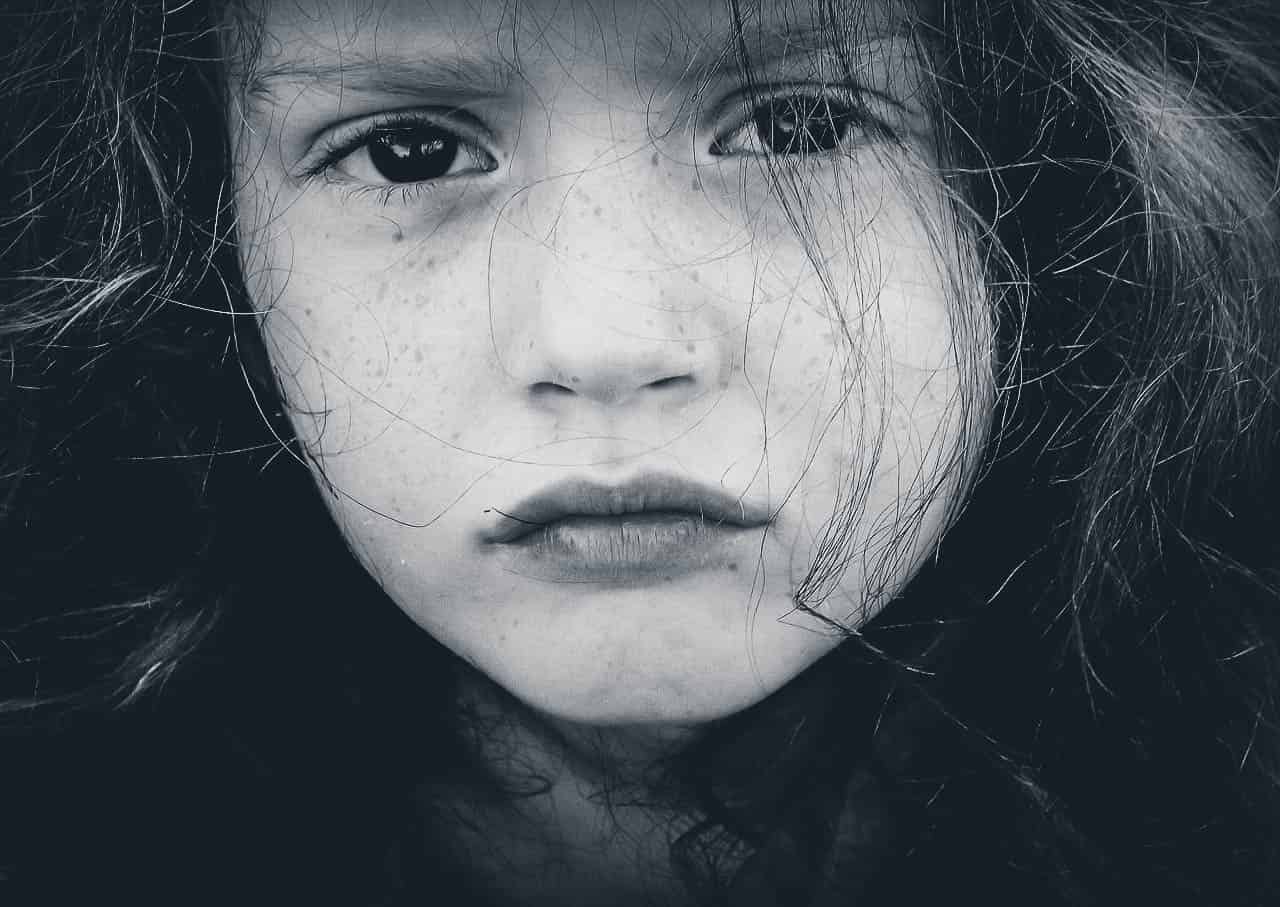
The reality is that life isn’t ideal. The families that we are born into aren’t always great matches for us. And growing up, there were a number of ways we may have felt unsafe.
Before we proceed, I want to clarify that I am in no way blaming our parents or caretakers here.
It’s important to remember that most parents did the best they could with the level of information, education, and emotional/mental maturity they had.
Blame and resentment only serve to intensify the pain your inner child may be experiencing. So be mindful and know your limits when it comes to doing this work.
Here are some of the most common ways we were made to feel unsafe. How many can you relate to?
- You were taught that it’s not okay to have your own opinions.
- You were punished when trying to speak up or act differently.
- You were discouraged from playing or having fun.
- You weren’t allowed to be spontaneous.
- You weren’t allowed to show strong emotions such as anger or joy.
- You were shamed by your parents or family members.
- You were verbally criticized/abused on a regular basis.
- You were physically punished or your physical boundaries were violated.
- You were made to feel responsible for your parents and their level of happiness.
- You weren’t given physical affection, e.g., hugs, kisses, cuddles.
The more frequently these situations repeated themselves, the more likely your inner child felt unsafe, abandoned, and neglected. Also, this list is by no means exhaustive. So if you feel I have left something out, please share in the comments.
Three Types of Childhood Neglect
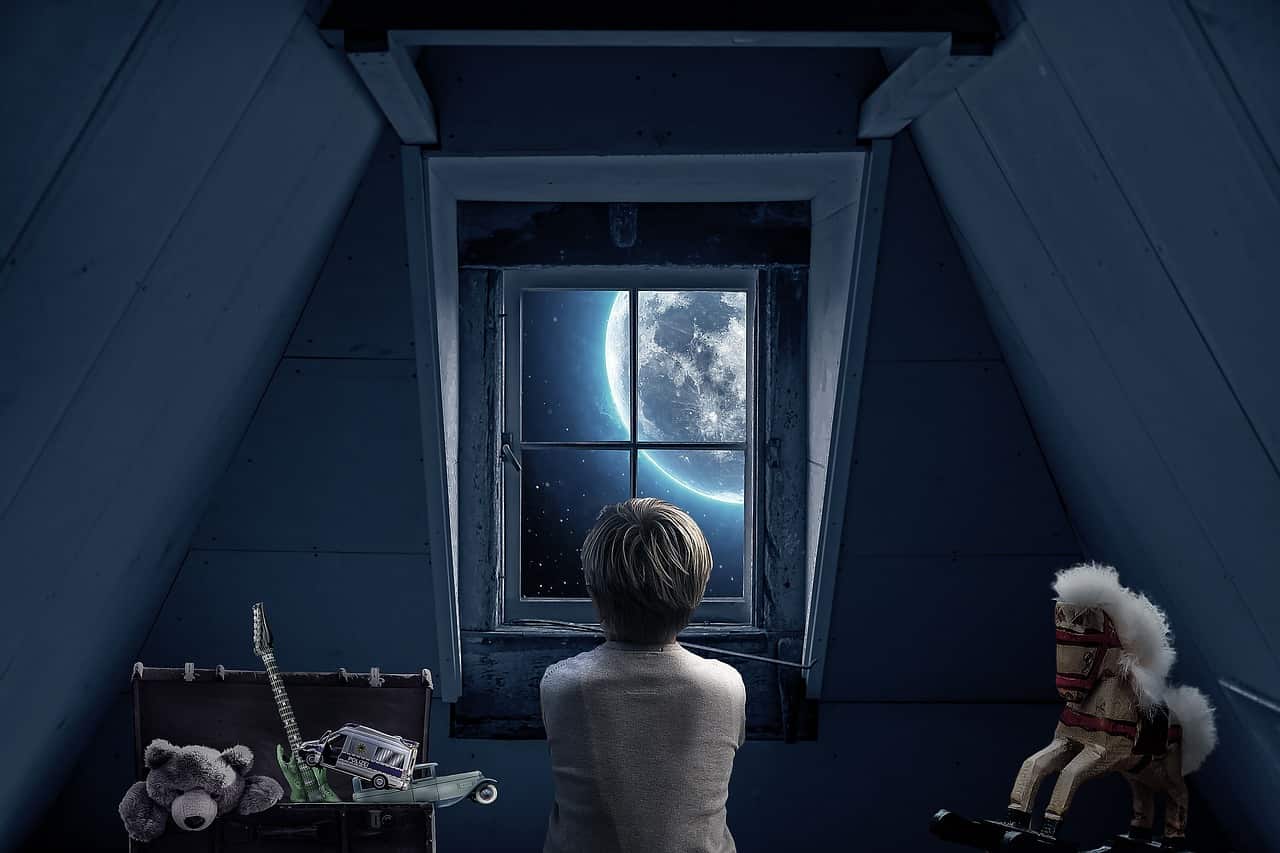
Let’s further break down the ways you were made to feel unsafe and unloved as a child (if you had a dysfunctional upbringing).
Here are the three types of childhood neglect you may have experienced:
1. Emotional Neglect
Your parents/guardians didn’t show interest in your emotional needs for love, support, protection or guidance. They either didn’t pay attention to you or condemned emotional expressions of need from you. The likely outcome of this was that:
- You developed low self-worth and poor self-esteem.
- You began ignoring your emotional needs.
- You learned to hide from, avoid or repress your emotions as they were associated with feelings of neglect from your childhood.
- You developed psychological or physical sicknesses connected to your inability to listen to, accept and deal with your emotions in healthy ways (e.g., emotional repression).
2. Psychological Neglect
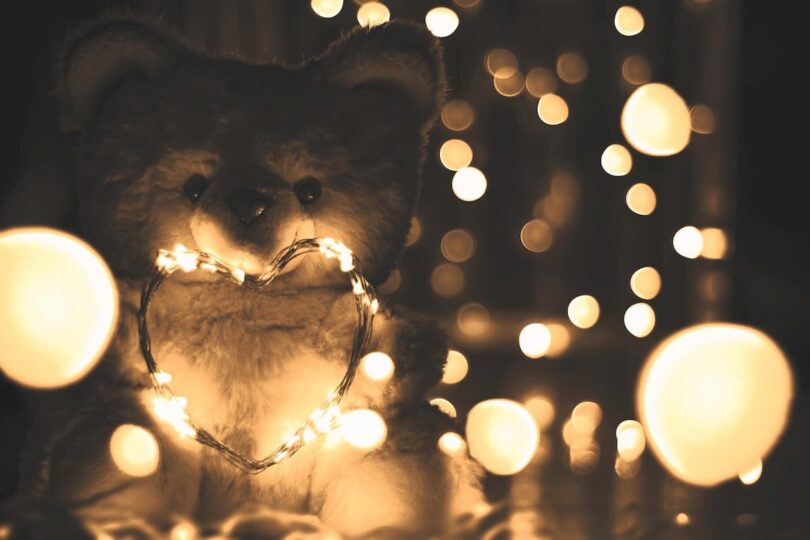
This type of neglect was manifested in childhood by your parents/guardians who failed to listen to, embrace, and nurture the person you were. As you grew older, you likely developed any variety of these symptoms:
- You developed low self-esteem issues due to forms of abuse such as ridicule, put-downs, overly high expectations, being ignored, rejected, or constantly punished.
- You developed deep-seated anger issues both from unresolved childhood trauma, and an inability to love oneself.
- You developed addictions and neuroses to create a misguided sense of comfort and safety within your life.
- You developed psychological or physical illnesses.
- You have problems sustaining healthy and respectful relationships.
3. Physical Neglect
At a basic and fundamental level, physical safety and nourishment are some of the most intrinsic elements of a loving relationship. We can see this in nature, with mothers, fathers, and animal parents nourishing their chicks, pups, and cubs with food, shelter, and protection. When this is lacking, however, the following issues can develop:
- Low self-worth resulting in physical neglect and abuse of oneself, e.g., eating disorders (anorexia, obesity), maintaining an unhealthy diet, self-harm.
- Intense safety-seeking behaviors (such as psychological complexes like OCD) or extreme risk-taking behaviors (e.g., unprotected sex, obsessive daredevil feats, etc.)
- Addictions to drugs, alcohol, violence, food, etc.
- Sexual dysfunction or sexual addiction (often due to sexual abuse).
Take a few moments to breathe and connect with yourself after reading this list. Likely you will feel some strong emotions (but it’s okay if you don’t). I encourage you to take your time and go slowly through the rest of this article, being gentle with yourself.
It’s helpful to remember that while some, or even many, of our problems stem from childhood neglect, grudge-holding and blame will get us nowhere. People are victims of victims, meaning that the reason why our parents/guardians behaved the way they did was most likely because of their neglected upbringing, and their parents experienced the same traumas – and so on and so forth.
25 Signs You Have a Wounded Inner Child
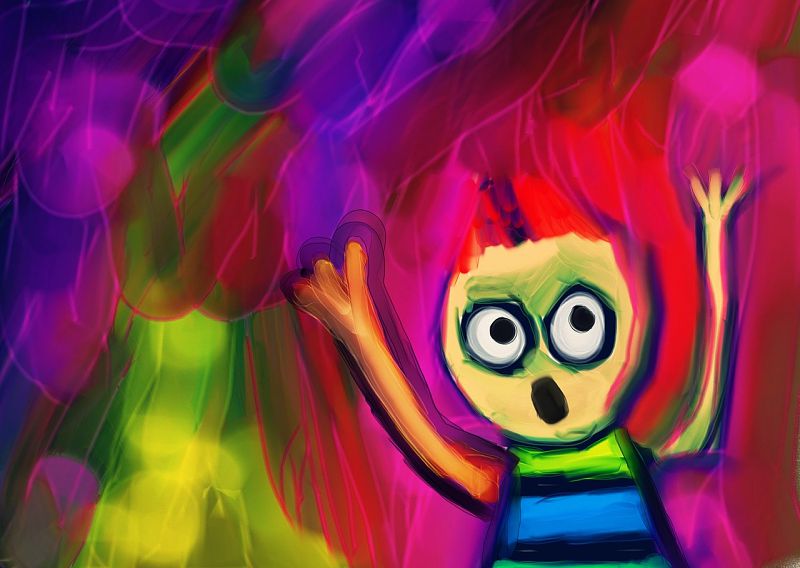
Pay close attention to these signs. They will help you learn the general extent to which your inner child has been wounded and the level to which you feel unsafe in this world. The more signs you say “yes” to, the more you need to seriously consider inner child work:
- In the deepest part of me, I feel that there’s something terribly wrong with me.
- I experience anxiety whenever thinking about doing something new.
- I’m a people-pleaser and tend to lack a strong identity.
- I’m a rebel/misfit – I feel more alive when I’m in conflict with other people.
- I tend to hoard things and have trouble letting go.
- I feel guilty standing up for myself.
- I feel inadequate and “not good enough” as a man or woman.
- I’m driven to always be an A+ super-achiever.
- I believe that I’m a terrible sinner and I’m afraid of going to hell.
- I constantly criticize myself for being inadequate/unworthy.
- I’m rigid and perfectionistic.
- I have trouble starting or finishing things.
- I’m ashamed of expressing strong emotions such as sadness or anger.
- I rarely get mad, but when I do, I become rageful.
- I have sex when I don’t want to.
- I’m ashamed of my bodily functions (e.g., pee, poo).
- I spend too much time looking at pornography.
- I distrust everyone, including myself.
- I am an addict or have been addicted to something.
- I avoid conflict at every chance possible.
- I am afraid of people and tend to avoid them.
- I feel more responsible for others than for myself.
- I never felt close to my mother and/or father.
- My deepest fear is being abandoned – I’ll do anything to cling to a relationship.
- I struggle to say “no.”
If you answered yes to ten or more of these statements, working with your inner child should be at the top of your priority list. If you answered yes to five or more of these statements, you’d do best to seriously consider reconnecting with your inner child.
Having a wounded inner child also contributes greatly to an experience called the Dark Night of the Soul.
Download FREE Inner Child Cards!
Reconnect with your wounded inner child. Get your free Inner Child Affirmation cards!
Examples of the Wounded Inner Child
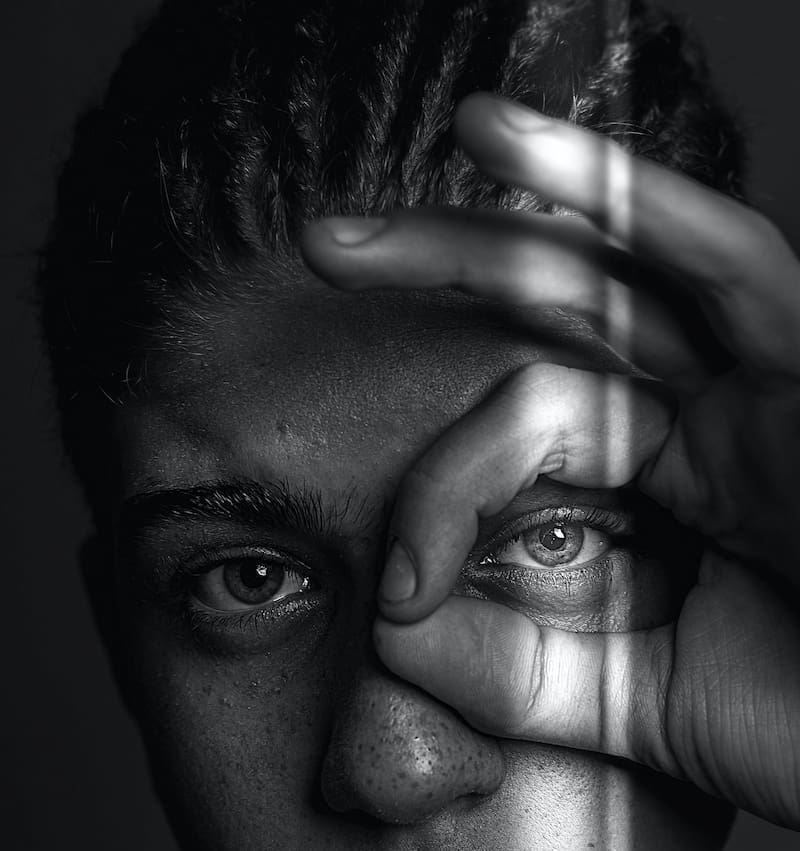
The wounded inner child riddled with toxic shame can be found everywhere and this unresolved pain can leak into every aspect of our lives – no place is holy. No place is left untouched.
Perhaps most sadly, our wounded inner child can sabotage our closest and most dear relationships that we have with our partners, friends, family members, and children.
If you’re still unsure as to how the wounded inner child appears in our lives, I’ll share some examples below that will hopefully illustrate the extent to which the wounded inner child can sabotage our lives:
- Maria struggles to say “no” to men. She has poor boundaries which has led to numerous toxic and abusive relationships with alcoholics and narcissists. She has a wounded inner child.
- Daniel is a caring father. He loves his wife and children, providing the best he can for them. The only problem is that he flies into temper tantrums at the drop of a hat. He is deeply ashamed after screaming at his children and raging at his wife. He has a wounded inner child.
- A woman suffers from anorexia nervosa. The very thought of eating makes her want to throw up. She was raised by a mother who constantly taunted her and poked fun at her “flab.” She has a wounded inner child.
- A man is addicted to heroin. He was abandoned as a child by his mother and was beaten constantly by his father. He has a wounded inner child.
- Jessica is a relationship-hopper. She loves the thrill of falling in love but cannot tolerate getting emotionally close to her partners. She then unconsciously sabotages the relationship by seeking out ways to alienate herself and leaves. She was raised by a father who preferred moving from one woman to another, rather than spending time with her. She has a wounded inner child.
- Arjun, a non-binary person, suffers from chronic anxiety and cannot go a few minutes without feeling a free-floating sense of fear. They have tried many remedies but none have worked and they are now numbed out on antidepressants. As a child, Arjun’s religious family taught them that they would go to hell if they didn’t obey God. They have a wounded inner child.
- A prison guard mistreats the prisoners who he is meant to watch over. He projects his own narcissistic tendencies onto the prisoners. He sees them as “evil animals.” As a child, his mother told him that she would have preferred to get an abortion. To cope with this pain, he developed an idealized version of himself – a narcissistic identity that made him feel invincible. He has a wounded inner child.
- Angelica is a stereotypical “good girl.” Everyone points out how sweet and caring she is. The reality is that Angelica only pretends to be nice in order to be accepted. Beneath the mask, she feels bitter, critical, and resentful towards others. As a child, she was only shown affection when putting on this false self. She has a wounded inner child.
5 Ways Your Wounded Inner Child Sabotages Your Life

One of the first ways to become aware of your wounded inner child is by observing their impact on your life. I want to mention something important here: your inner child does not intentionally seek to sabotage your life. Rather, the negative behaviors that spring from them are a natural byproduct of unresolved pain from childhood.
It’s also important to understand that your inner child has a lot of positivity to share as well. There’s so much untapped wonder, creativity, humor, and childlike wisdom your inner child has to share. Often when doing inner child work, you’ll be surprised by the range of dazzling capabilities, gifts, and qualities that have been buried within your unconscious – sometimes for decades!
With that being said, it’s an important part of our journeys to face reality and be honest with ourselves. Working with and coming to understand the inner child isn’t all sunshine and rainbows. But by becoming aware of the ways your life is being sabotaged, you can then begin the process of nurturing, reclaiming, and reintegrating your inner child into your everyday consciousness.
Here are the top five ways your wounded inner child may be sabotaging your life:
1. Codependent and counter-dependent behavior
Codependency is what happens when we have no sense of our true needs, wants, and values.
When we are out of touch with our authentic self and when we lack an identity, we can easily merge with others. Merging with others is dangerous because without personal boundaries or a self to inhabit, our relationships can become toxic, abusive, and one-sided. We start to depend on other people for our happiness and rely exclusively on them to fulfil our needs.
The problem with deriving all of our emotional sustenance from others is that we can get used, abused, and hurt extremely easily. Our life becomes extremely unstable and our wellbeing is painfully delicate.
In essence, those who suffer from codependency feel a sense of chronic endangerment. When you are completely dependent on something outside of you to give you a sense of identity, life understandably feels, and becomes, perilous.
Codependency originates in childhoods that were violent, whether emotionally, physically, chemically, or sexually. Children of abuse learn to be so hyper-vigilant and so externally-focused, that they lose touch with their inner selves. They fail to develop an identity because they’re too busy catering to other’s needs or protecting themselves from those around them.
Counter-dependency, on the other hand, is the opposite of codependency in the sense that it’s when we push people away for fear of getting too close (and therefore being abused).
Being self-sufficient is a great quality to have (just as wanting to be close to others is healthy as well). But when the inner child is wounded, it will take this behavior to the extreme.
If you struggle with counter-dependency, you’ll have problems asking for help, being vulnerable with others, self-isolation, loneliness, and you’ll feel unsafe when you get too close to others, so you’ll tend to push people away or sabotage your relationships.
Codependency and counter-dependency, in adulthood, often lead to extreme relationship dysfunction.
2. Narcissistic tendencies
Those who were deprived of love, attention, and affection as children have a risk of developing narcissistic tendencies as adults.
When we couldn’t depend on our parents or caretakers for our fundamental emotional needs to be met, we crave to fulfill that need as adults. Being starved of love often produces adults who have an insatiable need for attention, validation, and admiration.
In adulthood, narcissistic tendencies manifest as never finding the ‘perfect’ partner, carrying the obsessive need to be admired or worshiped, inability to empathize with others or look beyond your own perspective, filling the empty hole inside with expensive material things, and using your own children to meet your need for love and approval.
3. Aggressive behavior
The notion that the inner child is quiet, passive, and long-suffering is a myth. Actually, the wounded inner child can be petulant, angry, and aggressive.
So much of the violence and bloodshed in the world is due to unresolved childhood trauma that is stored within the inner child. Just look at Hitler, for example. He was chronically beaten and toxically shamed as a child by his sadistic father, who in turn was the bastard son of a Jewish landlord (although this fact is still debated). Hitler was then responsible for one of the greatest massacres of the Jewish peoples (and other groups) of all time.
Prisons are also full of men, women, and individuals who have wounded inner children. Many criminals simply reenact the abuse they experienced as children. According to psychiatrist Bruno Bettelheim, these antisocial breeds of people came to identify with the abuser (which was typically a parent, family member or family friend). How does this happen? As a way to survive the trauma, the wounded child loses all sense of self and identity, and instead identifies with the offender.
But abused children don’t only develop aggression. If we were raised in families that spoiled and pampered us, this kind of environment can breed a wounded inner child who believes he is superior to others. Thus, he feels justified in abusing others.
4. Addictions and Compulsions
Addictions and compulsions are experienced by adults with wounded inner children who were abandoned – whether emotionally, physically or spiritually. In order to fill the empty hole inside – the hole that formed in childhood – pathological relationships are developed with alcohol, drugs, gambling, or other addictive preoccupations.
5. Trust Issues
Trust issues lead to tremendous anxiety and isolation. The wounded inner child develops trust issues when its caretakers were unpredictable, out of control, or untrustworthy.
When we couldn’t trust our parents to meet our emotional, psychological or physical needs, a sense of endangerment developed within us. When our parents exhibited behaviors that revealed how little they trusted themselves or the world, we learned to be obsessively on guard.
To defend ourselves against the pain and fear, the inner child learned to try and control everything as a way of keeping us safe. Unfortunately, controlling behavior tends to alienate the people around us which causes us to become increasingly isolated and feel even more untrusting towards ourselves and the world.
Trust issues can also swing the opposite way: we can become too trusting towards others. Being gullible and naive is another trait of the wounded inner child who seeks to cling to anyone in order to avoid isolation and loneliness.
Other Dysfunctional Behaviors
Emptiness, chronic depression, procrastination, inability to delay gratification, intimacy dysfunction, and thought distortions (such as blaming and perfectionism) are also signs of the wounded inner child.
How to Support Your Inner Child in Feeling Safe (7 Paths)

Hold the hand of the child that lives in your soul. For this child, nothing is impossible.
– Paulo Coelho
So what is the solution? How can we meet and work with the wounded inner child that is unintentionally sabotaging so much of our lives?
The solution is to practice inner child work. Inner child work is a journey that I sincerely believe each and every person must undertake in this lifetime if they seek to grow and heal in any profound way. I am consistently and deeply amazed at how life-changing this work can be, both in my own lives and those of others.
One of the most exciting and miraculous parts of inner child work is that we often discover wonderful hidden gifts and aptitudes that we’ve long lost touch with.
Not only that, but many of our relationships improve, our addictions and negative habits lessen or fade away, and our connection with our Soul deepens. Self-love and acceptance are finally possible.
I’m not saying you will experience all of these benefits right away, but you will most certainly experience something beneficial so long as you’re committed!
Also, I want to say here that the inner child healing exercises that I’m about to describe are not intended to replace therapy or therapeutic programs or groups for the inner child or child abuse. If you’ve gone through child sexual abuse, severe emotional abuse, or have a mental illness, seeking professional help is essential. This article is only meant to be a supplement.
Finally, if you experience strange or overwhelming emotions while practicing the advice below, please stop immediately. Seek the help of a professional trauma-informed therapist before proceeding.
Importantly, remember that all forms of deep healing takes time. The practices below are not quick fixes nor are they sparkly wands that will immediately make everything better in your life. But they will give you the basic tools you need for feeling safe, secure, and protected at a core level.
I truly hope you can find something below that will nourish you and your relationship with your inner child. And remember, if you need more in-depth help, I recommend finding more inner child healing exercises in our Inner Child Journal.
Here are the summarized points:
- Reflect on the timeline of your childhood
- Write a letter to your inner child
- Write a letter from your inner child
- Share your pain with a trusted person
- Loving and supportive affirmations
- Do an inner child visualization/meditation
- Be your own protector and nurturer
I’ll go more in-depth into these points below:
1. Reflect on the timeline of your childhood
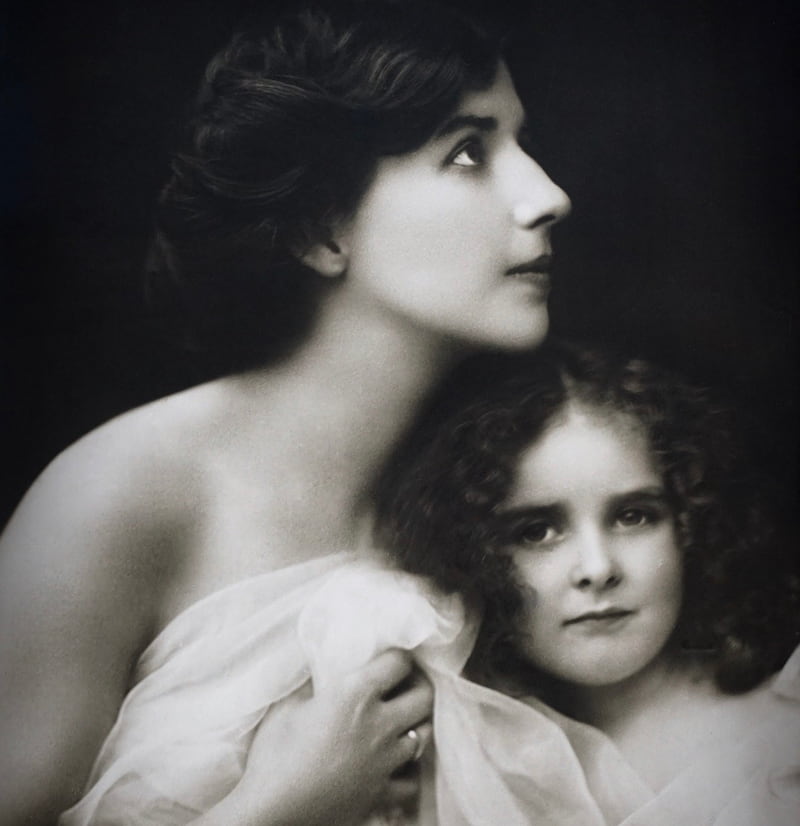
You might like to get a piece of paper or document on your computer and divide your childhood into the following stages: Infant Self (0-9 months), Toddler Self (9 months to 3 years), Preschool Self (3-6 years), and School-Aged Self (6 years to puberty).
Within each stage, try your best to recall how you felt, what life was like, and how safe, supported, and accepted you felt.
Keep in mind that feeling safe as a child didn’t always have to do with the family environment. Often the school or other environments that we spent a lot of time in shaped our inner child.
Record any memories or physical sensations you had, even if they feel fragmented. Record the tones of voice, expressions, and words your parents or teaches used when interacting with you.
Even if a memory seems silly or a reaction you remember having seemed excessive, please write it down. As an adult, it’s important to honor what your inner child experienced, even if it seems ridiculous or exaggerated as an adult.
The more information and emotionally charged material you have for a particular age range, the more you need to focus on connecting with that particular stage. I’ll share with you how below.
2. Write a letter TO your inner child
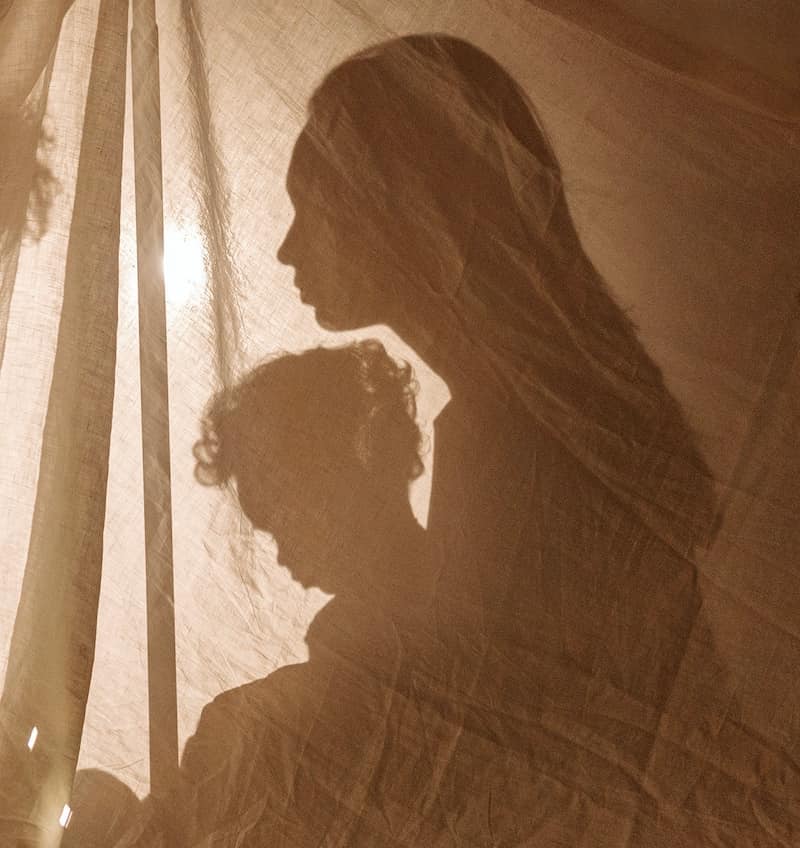
Imagine that you’re a wise, gentle, and loving old wo/man, friendly witch or wizard, or fairy godmother. Imagine that you want to adopt your inner child.
As you write the letter, tell your inner child how much you love them and want to spend time with them. Write in a way that makes you feel safe, cared for, and understood. Here’s an example of a letter I have written to my inner child:
Dear Little Ale,
I’m so happy you’re born. I am here to protect, love, and care for you. I want to help you feel loved and accepted for who you are. I want to show you that it’s safe to be heard, to feel, and to be seen. I want you to feel like you will always have a home with me no matter what. I want to help and guide you every step of the way. I love you so much.
Love, Fairy Godmother Aletheia
If you feel emotional during this process, it’s okay. Let yourself cry and be proud of your courage to express how you truly feel.
3. Write a letter FROM your inner child
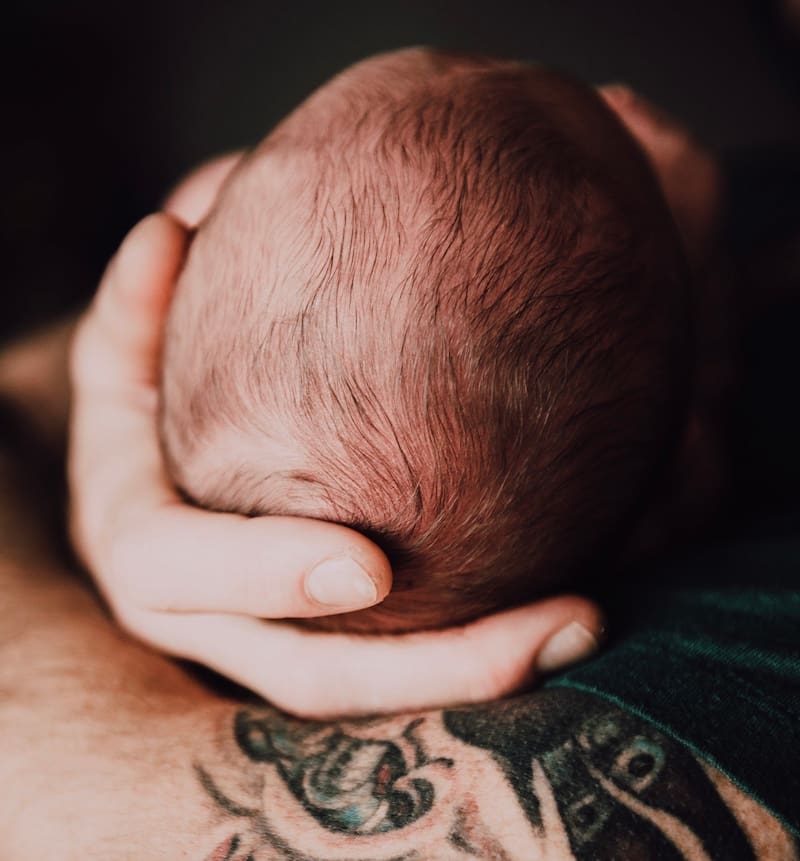
Use your non-dominant hand (in order to bypass your logical side of the brain) and write yourself a letter from the perspective of your inner child.
For example, if you are usually right-handed, use your left hand to write.
Using your non-dominant hand will help you get more in touch with the feelings of your inner child. Here is an example of my inner child speaking to me:
Dear Godmother,
I want to find home. Please protect me. I don’t want to feel alone anymore.
Love, Little Ale
You can write back and forth between your Wise Wo/man, Witch/Wizard, or Fairy Godmother self and your little self. Creating this conversation often reveals a lot of surprising buried emotions and new information.
4. Share your pain with a trusted person
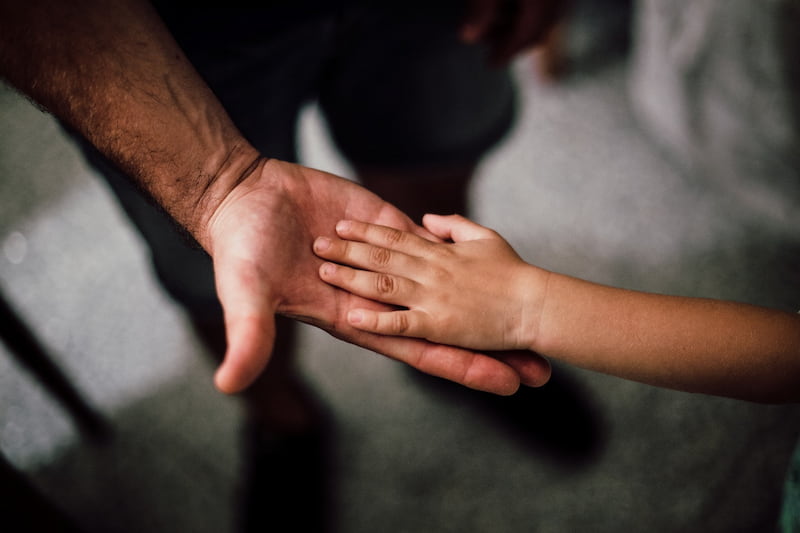
It is vital that the pain you went through as a child is validated and heard by someone.
Whether you seek out a caring friend, support group, or trusted therapist please understand that sharing your feelings is essential to all inner child work.

Shadow & Light Membership:
⭐️⭐️⭐️⭐️⭐ "Straight from the very first weekly email, this has been mind-blowingly powerful, the synchronicity and the on-vibe contents resonate uncannily with my soul’s current challenges." – Marie
Sure, you can do it alone. And you can do a lot of deep work alone in general. But in order to experience important ‘breakthroughs’ or even just to heal deeply, sharing is important.
We are social creatures who need others to hold space for us. Your pain needs to be lovingly validated. If the person you’re sharing your inner child work with is questioning, arguing, or trying to give advice to you, you’re not getting what you need!
Here, it is vital for me to emphasize the need for you to seek real caring and nurturing support. If you don’t have friends who are mature or capable enough to do this, please consider finding a trained and trauma-informed therapist or spiritual counselor. There are many affordable options out there. Investing in your well-being and mental health is worth it.
There are also many professionals out there who specialize in inner child work or hold workshops. Counselor and self-help writer John Bradshaw writes “I believe that group work is the most powerful form of therapy” when referring to inner child work.
But one thing: please don’t share with your family members, even if they are caring. Family members who have not done their own inner child work are much less capable of dealing with yours. Defensiveness, anger, finger-pointing, and grief may result in sharing your feelings with family members, so please don’t do it.
Sharing takes tremendous courage and inner strength. It’s normal and okay to feel scared! Feel the fear, and if you feel ready, share anyway.
5. Loving and supportive affirmations

Loving affirmations are a powerful way to affirm your worthiness and support your journey in feeling safe.
When repeated consistently, affirmations have a way of rewiring the brain and sinking down into unconscious layers of programming. Repeating such messages can result in deep change and healing at a primal level.
Here are some loving and supportive affirmations you can say to yourself throughout the day and during meditation:
- I will stay here and support you.
- Welcome to the world, I’ve been waiting to hold you.
- I love you just the way you are.
- I’m so glad you’re here.
- I want to protect/take care of you.
- I want to spend time with you.
- I want to hear your thoughts and feelings.
- It’s okay to feel sad and scared.
- It’s okay to be yourself.
- You’re allowed to say no.
- You are so special to me.
- You have so much to offer the world.
- I believe in you.
- I will protect you against harm.
You can say these affirmations as many times as you need, whenever is necessary during the day. You might even like to use a special voice when saying these affirmations, such as the voice of a wise old man or a loving mother.
We’ve created a guided meditation of affirmations you can use to get you started:
Also feel free to create your own loving affirmations! The list above will help you get started, but often the most powerful affirmations organically arise from your deepest needs.
6. Do an inner child visualization/meditation

You will need to dedicate about half an hour or more to this exercise. Find a quiet and comfortable space, and either sit or lie down. Then, either memorize this guided meditation visualization, record it on your phone and play it back to yourself, or get a trusted friend or therapist to read it out to you (the three dots “…” represent pauses):
Imagine that you are about to meet your inner child. You walk outside into your backyard and they are playing in a sandbox … What age are they? … You walk up to your inner child and sit down. “Hello,” you might say, introducing yourself … You look into the eyes of your inner child. What are they feeling towards you? Curiosity? Trepidation? Shyness? Skepticism? Excitement? … Respect your inner child and their boundaries. If they wish to hug you or shake your hand, let that happen. If not, it’s okay. Your inner child may just need to warm up to you … You might next wish to ask, “What do you need the most?” If you are communicating with your infant self during this visualization, the response might come as a visceral feeling as opposed to communicating with your school-aged self who might respond verbally … If your inner child tells you what they need, provide a safe space for them. Let them feel heard, seen, understood, and loved by you … You might like to share with them how much you love and care for them, and wish them to be cared for … If your inner child wishes to be cradled, hugged, or held, embrace the opportunity … Once you feel that your mission to connect with your inner child has been completed, you can visualize yourself walking back into your house … Focus on your breathing, stretch your body, and open your eyes.
I recommend journaling about the experience. Journaling is a wonderful tool for self-reflection, deepening your self-understanding, and also serving as a way to document your progress. So take a few minutes to do this so that you can remember the experience and reflect on it in the future!
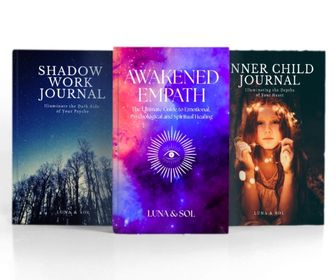
Spiritual Awakening Bundle:
⭐️⭐️⭐️⭐️⭐ "This was probably one of the best purchases I made in a long time … These are some of the most valuable texts I’ve ever read, and I'll never forget the path they started me on. Thank you so much for writing it and putting it out there for us to find." – Heloísa
If you need more guidance on practicing journaling, see my article on learning how to journal.
7. Be your own protector and nurturer
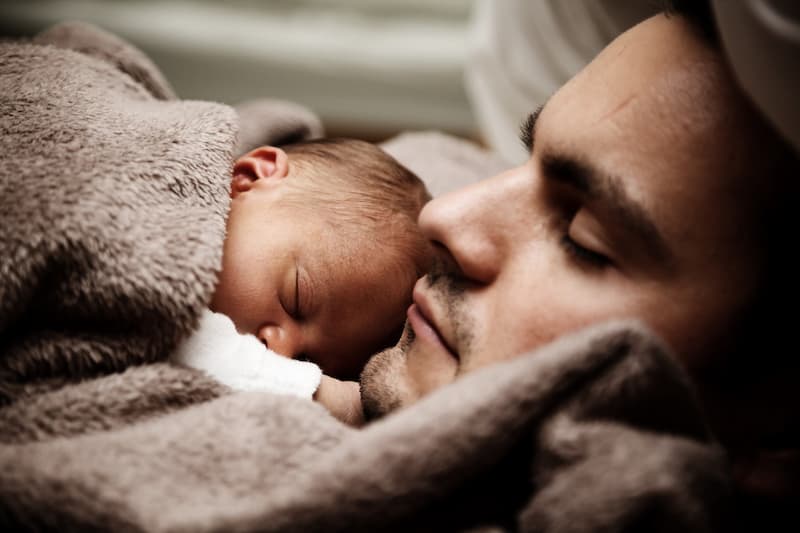
As adults, it’s important that we take responsibility for our emotional well-being. Feeling safe in this world is extremely important and essential for our inner child to thrive. Signs that you feel unsafe in this world may include:
- Constant anxiety around others
- Tendency to worry excessively
- Inability to trust others
- Inability to trust yourself and your abilities
- Feeling afraid to do things by yourself
- Harsh criticism of yourself
- Fear of trying new things or going to new places
- Assuming the worst in every situation
If you can relate to the feeling of constantly ‘being on edge’ in the world and around others, I strongly recommend focusing on feeling safe within yourself.
Constant self-criticism, ignoring your needs, lacking personal boundaries, always putting others above yourself, and changing yourself to be accepted all keep you in a fearful state of not feeling safe.
While our parents or guardians may not have fulfilled most of our needs (or any of our needs), the beautiful truth is that we can. The concept is strange, even foreign to us, but we can be our own parents!
The benefits of re-parenting yourself?
- Greater happiness and optimism
- Improved creativity
- Healthier mind, body, and soul
- Stronger friendships and relationships
- Development of essential life skills: acceptance, forgiveness, vulnerability, compassion, self-love
If you find it really hard to re-parent your inner child, seeking help from an inner child work therapist will be a wise investment. Therapists, after all, act as temporary substitute parents. They can listen to and help coach your inner child, while supporting and strengthening your inner parent.
If you prefer to go solo, that is absolutely possible. However, please do seek out a support network if you can, whether online or in real life.
In order to be your own protector and nurturer, you need to create a clear ‘policy’ about what is and isn’t okay self-treatment. What thoughts and habits make you feel supported versus judged and shamed? At what points are you overstepping an internal boundary, and what does that feel like? These are questions that you can journal about.
In essence, focus on fostering self-love and acceptance each day. Listen to the needs of your mind, heart, body, and soul. Practice self-care. Take time out for yourself. Eat food that nourishes you. Say no and draw clear boundaries. Reclaim your sovereignty over your life. Explore practices that support feeling safe.
If need be, you can even go in search of a guardian angel or a spirit guide who can help you to support and nourish yourself.
Being your own protector and nurturer is extremely personal and unique to you, so figure out what that looks and feels like internally.
Conclusion
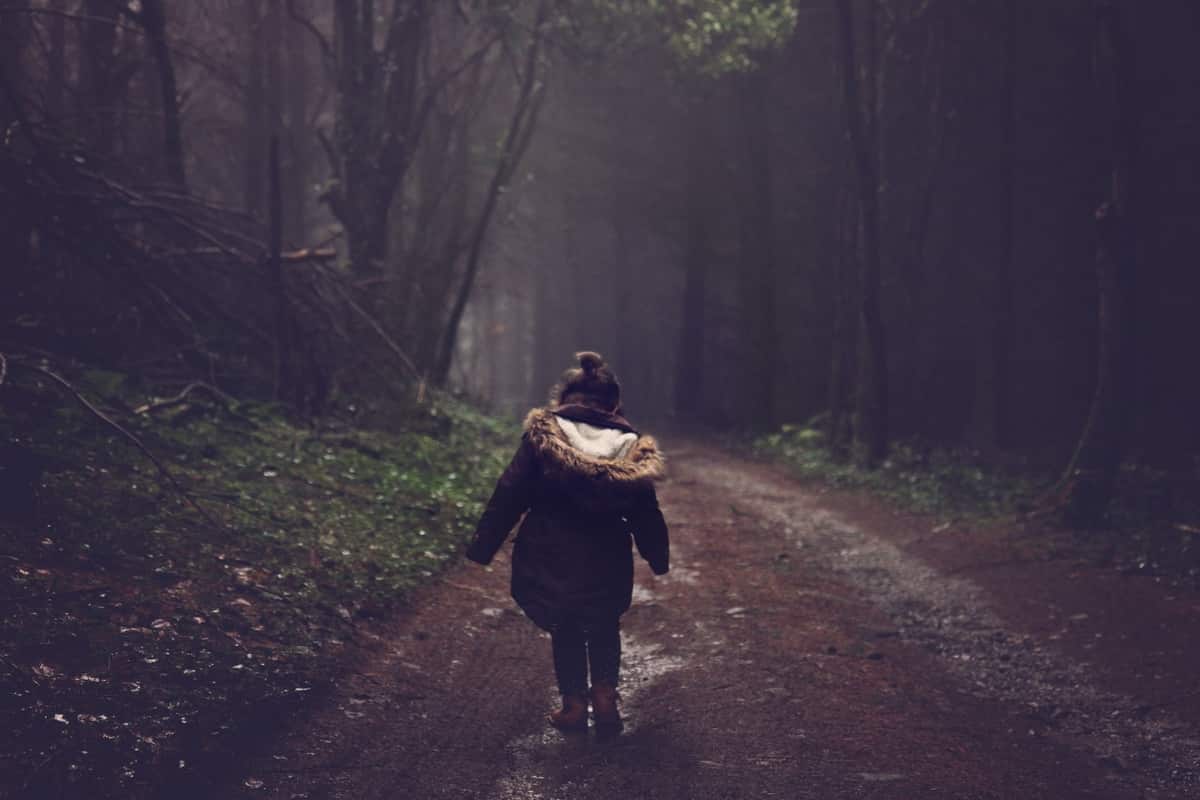
Relationships issues, chronic mental illness, compulsions, emptiness, trust issues, addictions – all of these struggles stem from the wounded inner child.
If you keep repeating the same old toxic habits and feel like your life is stuck on a broken record of suffering, it is vital that you explore your inner child.
Although you may have suffered misfortune in childhood, it’s never too late to re-live your younger years and reconnect to that childlike side of yourself.
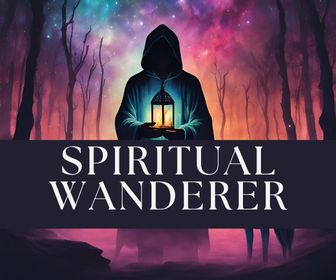
Spiritual Wanderer Course:
⭐️⭐️⭐️⭐️⭐ "I started the Spiritual Wanderers Course a short while ago and for the first time in twelve years I have started to experience love, acceptance and compassion for myself and within myself. Thank you so much." – Vivienne S.
When you take responsibility for your happiness in life, you reclaim the power to feel safe, heal yourself, and regain access to your innate wholeness. This gift can never be taken away from you.
I hope the exercises and practices I’ve mentioned in this article can help to support the healing process of your precious inner child by aiding you to feel safe. You can also find more inner child guidance in the following resources:
Also feel free to take our inner child test for more insight.
As always, I would love for you to share your experiences below about this topic. You never know who you can help out there simply by sharing a little bit of your time and story!
Three paths to inner transformation – here’s how I can help you go deeper:
1. The Spiritual Wanderer Course: Are you feeling lost, adrift, and unsure of your life's purpose? Gain clarity, focus, and direction on your inner path by uncovering the five archetypes of awakening within you. Learn how to navigate the highs and lows of your inner journey and chart your unique path with 3+ hours of audio-visual content, workbooks, meditations, and a premium test.
2. Shadow & Light Membership: Do you crave consistent support on your spiritual quest? Receive weekly intuitive guidance and learn to embrace your whole self, including your shadow side. Cultivate deeper self-love with our affordable, personalized support.
3. Spiritual Awakening Bundle: Ready to embark on a profound soul-searching adventure? Dive into our collection of essential transformative resources! Explore five illuminating eBooks and seven in-depth journals, plus unlock two special bonuses to empower your spiritual growth.




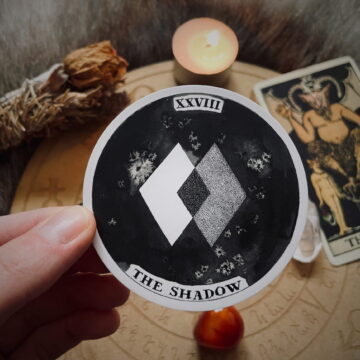


I just thought I’d add some common phrases/terms one might use to look up more about the inner child online, if anyone needs them. So if you’re stuck on ideas of what to do on the situation, here are some suggestions. They might not work for everyone, but I figured I would just mention as many ideas as possible so that at least something or one of them might work. 1. Inner child worksheets 2. Benefits of play for adults 3. Ways to play as an adult 4. Inner child activities list 5. How to be more childlike 6. How to regain childlike wonder 7. Inner child books 8. List of new things to try 9. List of new things to learn 10. Ways to experience wonder 11. Quotes on play 12. Quotes on a sense of wonder 13. Inner child journal prompts 14. How to laugh more 15. Self-Love Rainbow (A very helpful blog I go to teaching different aspects of self-care)
I don’t believe any of this “inner child” stuff. It doesn’t make sense, but I can see how some behaviors could affect others and may need a “child?” inside themselves. to figure out who they are? Sorry, I can’t take that seriously. I adapt to living as an adult because of my options, and people need to move forward and strive for the future, not stay stuck in the past. Children and teenagers are known to experiment and do naive acts, even bad ones. You learn from your past and adapt by becoming better at knowing and making choices that reflect you. You have options and decisions to make, and I hope you have the maturity to know what to look for and seek help if you can’t do it yourself. I can’t agree with this “inner child” stuff. Just live life as an adult and don’t look back to your past so it doesn’t hold you back from building your potential process of life with positivity. Don’t look for your “inner child” for answers; you won’t get any.
Hi Bob. You can connect to your inner child in the present. The inner child can appear through sensations, feelings, or certain thought patterns. We don’t need to stay stuck in the past to find answers. You’re free to disagree with the concept of the inner child, especially if you’ve never attempted to connect with yours, but don’t discount the experience for others. To me, learning how to take care of that sensitive and soft part of myself, the childlike part, has been immensely healing. For those with severe trauma, learning to reparent themselves can be liberating in ways that other forms of healing, therapy, and self-help cannot provide.
Hello Aletheia, It’s just my belief. I have known to solve other matters of handling my situation in life without thinking of this inner child. This inner child you mentioned, I have tried but only got nothing and feel nothing. People can be healed (even from trauma) with therapy and/or self-help; I have seen it happen. Everyone is different in their healing process, but you can’t say that therapy and/or self-help don’t work either. I handle my affairs as an adult, observing a thorough analysis of life based on my experiences. It’s pretty much what I, as an adult, would do in a “what if” scenario by observing people, their feelings and my feelings. It works for me. That’s good you found your healing process your way; I have mine. Thank you for your reply.
Hi Bob. Thanks for clarifying that it’s just your belief. And I’m glad other methods have worked for you. Therapy and self-help do indeed work (I’m not discounting that at all), and inner child work falls under that umbrella. But this work doesn’t appeal to everyone, so if it doesn’t work for you, that’s fine. It might work for others, and I know from experience it does. We’re all so different in our approaches to healing, and what works for you or I won’t necessarily work for others, and that’s normal. But just because it doesn’t work for us, doesn’t mean that it won’t work for others (we can’t know their life context or preferences). All the best
If you continue to bang your head against a stone wall it’s great when you stop.
It seems that all my life I have been building a wall stone by stone and when I wasn’t building I was banging my head against it.
This is a poignant description of your inner struggles, thank you for sharing Brendan. 💙
My inner child is telling me I need to slow down. This is so true. I am trying to do too many things at the same time and not completing any.
Good on you for listening to your inner child’s needs 💗
similar to Co-Dependency,
there is also:
COUNTER-DEPENDENT persona/behaviour
instead of seeking from the other person,
COUNTER-DEPENDENCY is acting to reject/repel the other person
either way – these are reactive patterns stemming from pains
that are all “Other” based and focusing,
and,
dismisses, demeans, discounts The Authentic Self
Very interesting and true Larissa, co-dependency and counter-dependency are two sides of the same coin. I might update the article to add that. Thank you 💖
Both of us have lived with our wounded children for many years.
Some cause anxiety fear and unusual behaviour on the inside. While others are so strong that the fragments become alternate (bubbles) or 3-4-year-old personalities that need gentle handling and talk as youngsters the same way each time. They add to the fold so to speak and can be managed. We use Trance tapes from You Tube to quell any fears and to help our minds to redress the initial fears wounds and to work with the inner child till its now longer a problem child but a part of a balanced system.
I’m curious as to what trance tracks you use, John? That’s quite an interesting way to support your inner child. Feel free to share if you want. :)
Thank you for this article :) Where can i find an inner child support group?
Have you tried searching google for any in your local area, Borre?
I always recommend joining a support group run by a trained therapist.
This article provided me with such insight into my childhood. I had a loving and supportive family growing up who, I believe, unintentionally used words to impact my self worth, in my body particularly. Comments like my shoulders being wide/broad or how I was growing into a “big girl” fractured my self image. I can feel that there are other wounds I have not yet uncovered. Your guide will be so helpful. Thank you!!!
Thank you for sharing this Shannon. I wish you lots of love and strength for this deeply healing journey 💖
Thank you for this very comprehensive article on the Inner Child. I would like to point out that whether Hitler’s father had Jewish blood has never been conclusive. https:// jewishvirtuallibrary.org/was-hitler-jewish
I’ve made a note of this and adjusted the article, thanks Gloria.
Thanks so much for the insight
Thank you Francis 😊